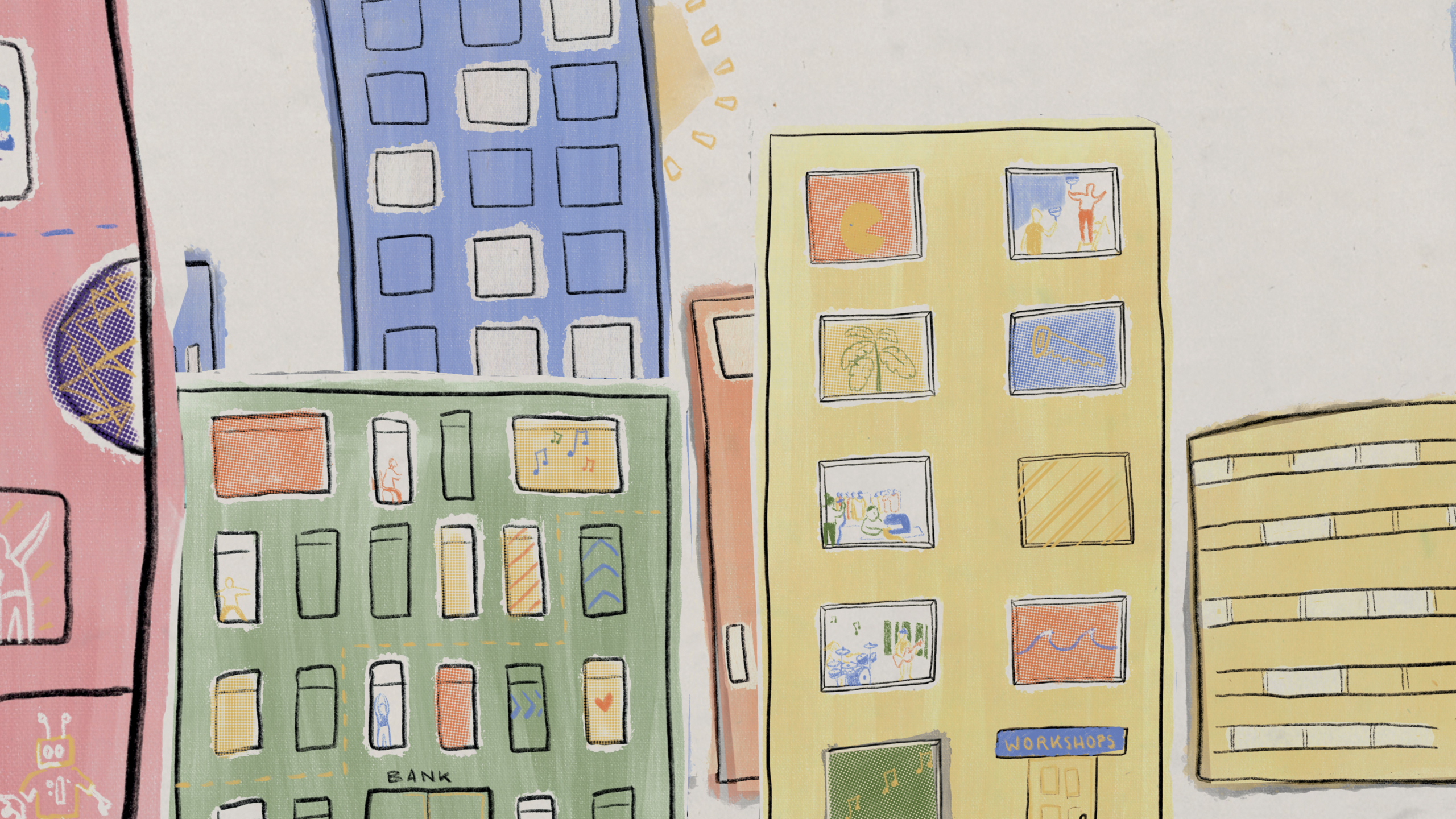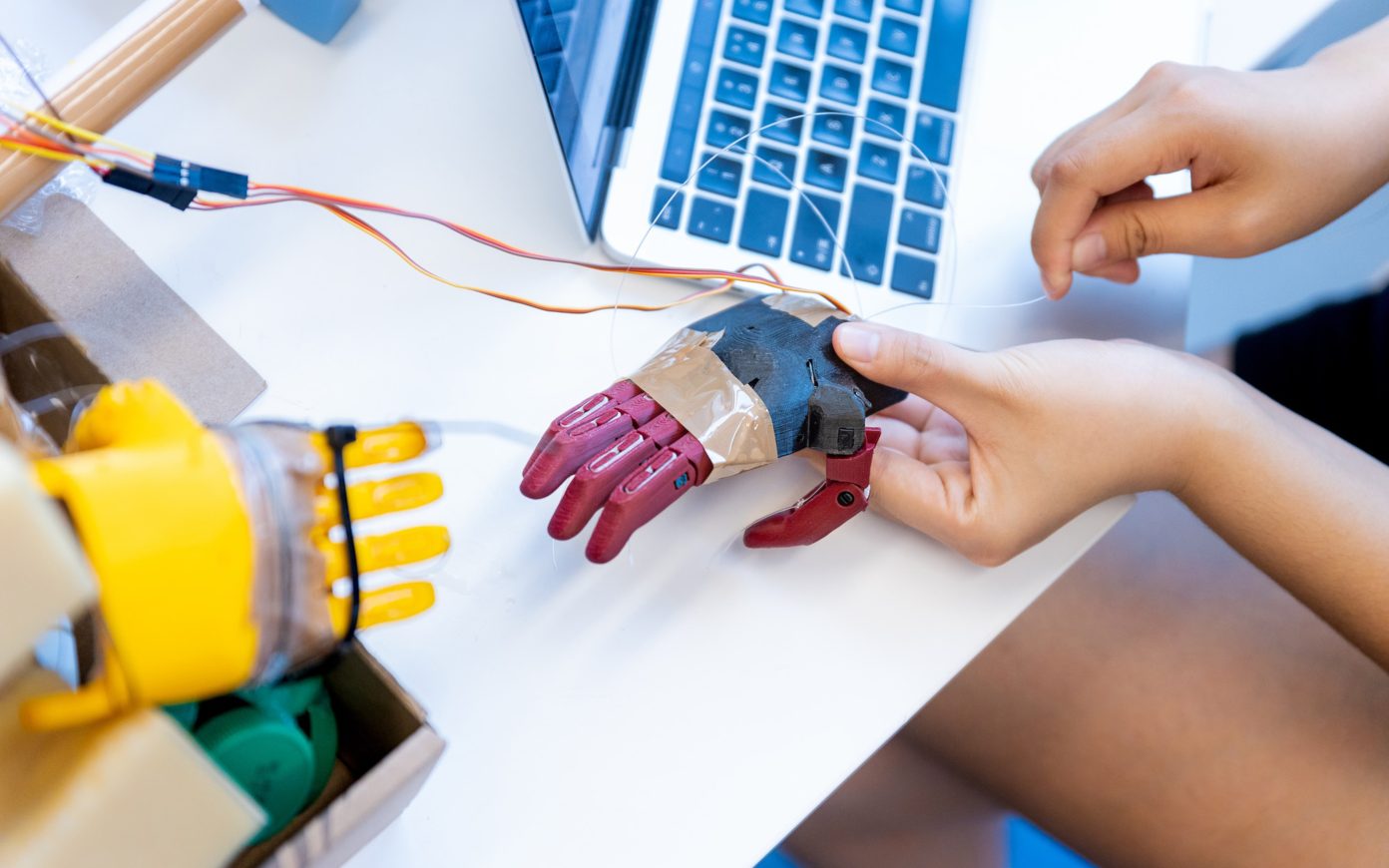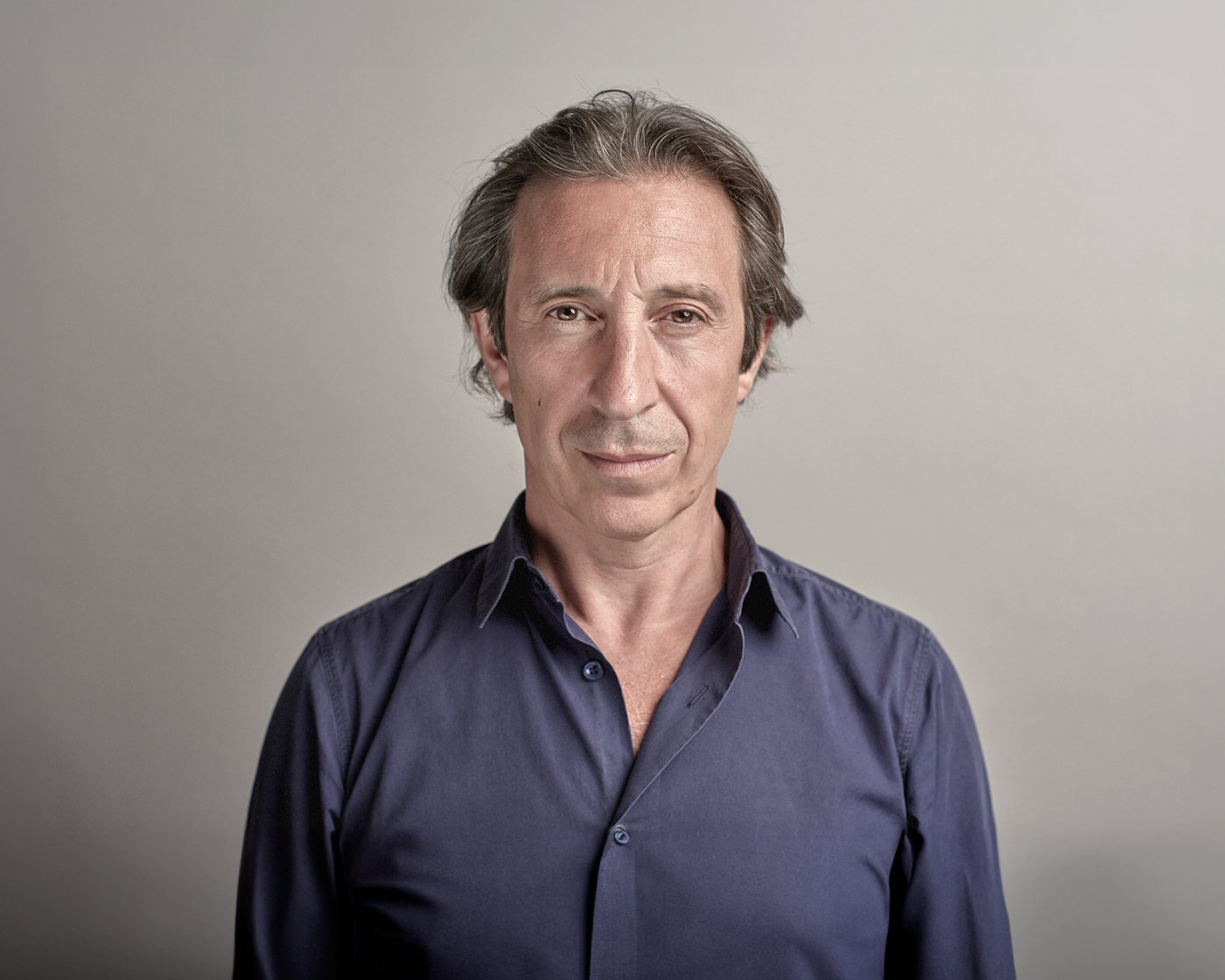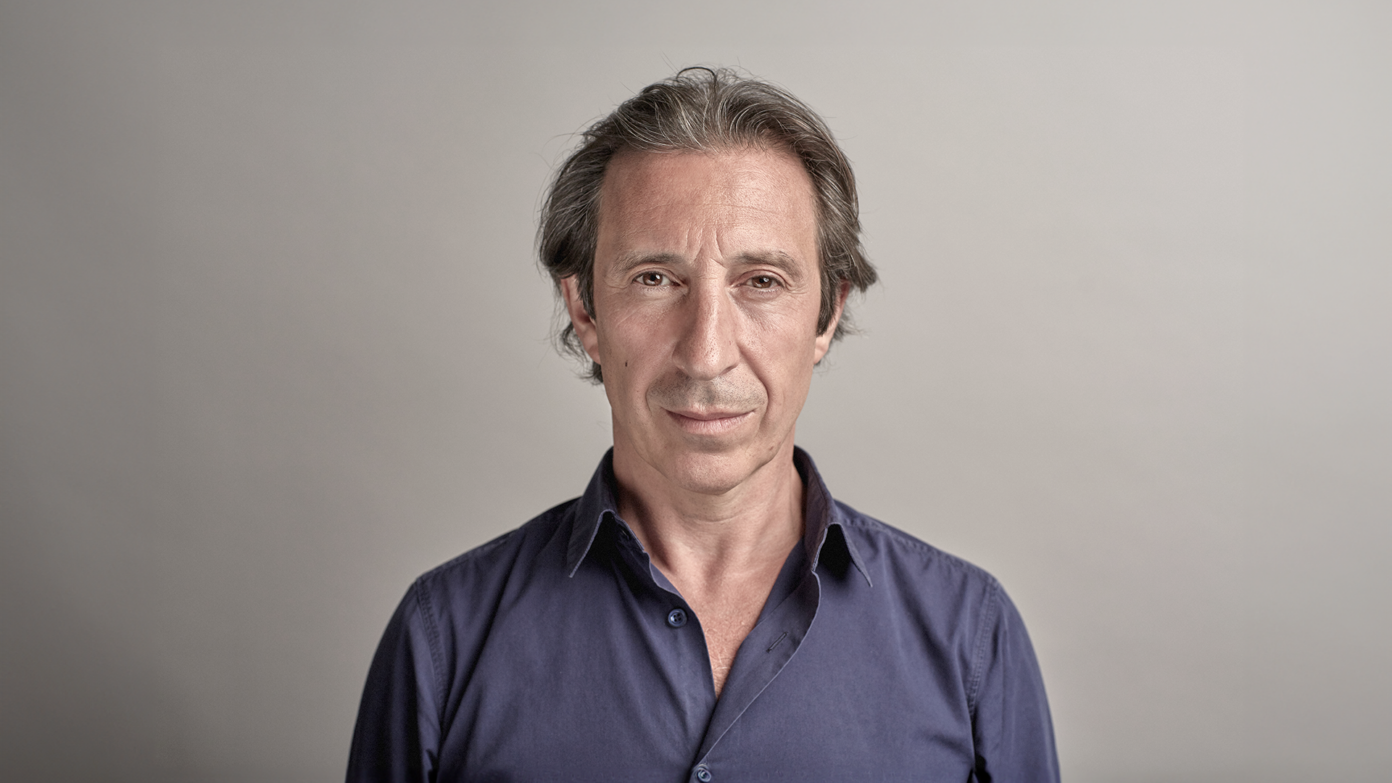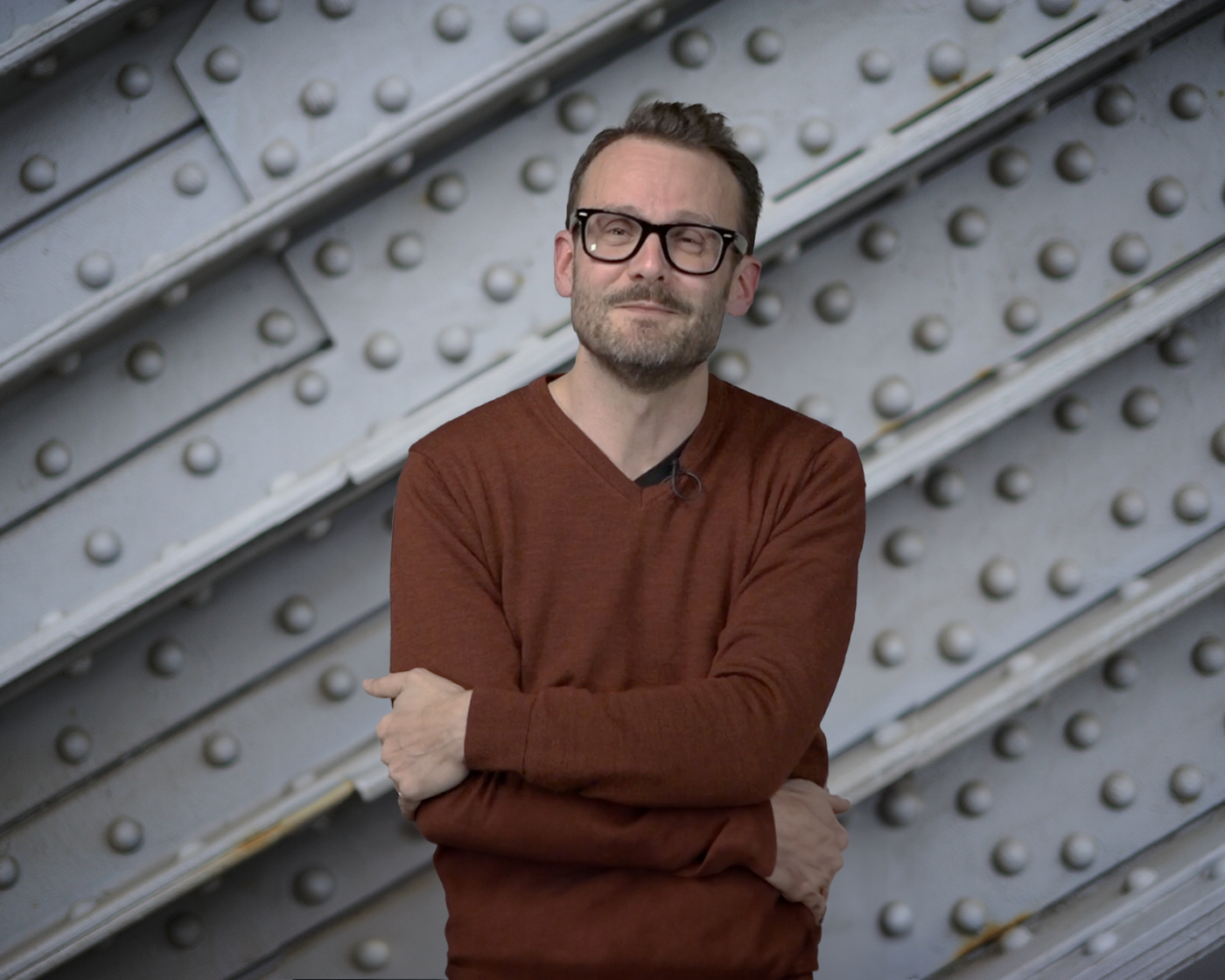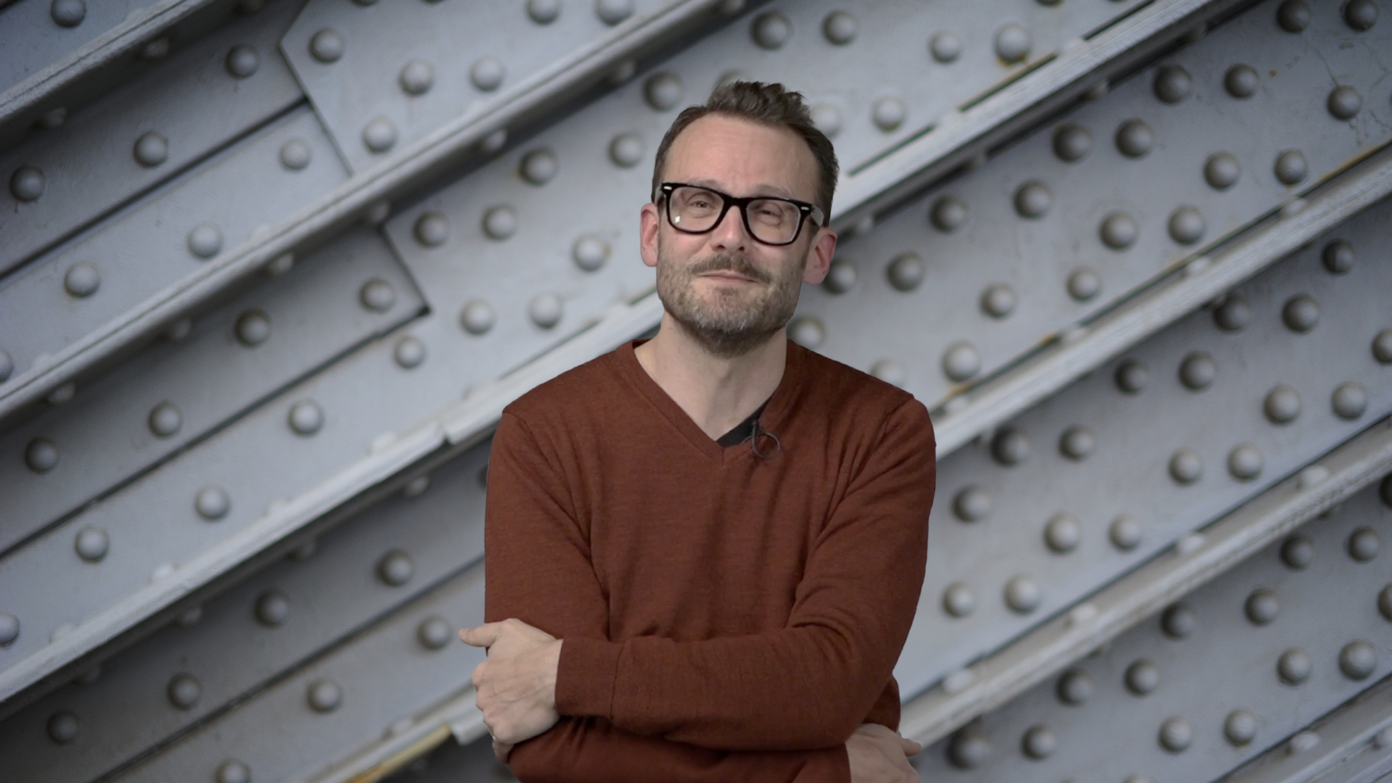Do you have any examples of actions by citizens and communities that are nourished by these imaginations?
The Transition Towns Movement is an extraordinarily diverse movement. To create a new economy it includes commons, cooperatives, local currencies, blockchain, and municipal or citizen investment in community projects. What unites these local actions are the values of fairness, justice, inclusion, diversity, and sustainability. These initiatives are emerging in so many places. We are still in the early stages, however, compared to where we were three or four years ago, the movement is becoming more mainstream. This is because it proposes actions that are universally replicable.
To give you a concrete example, in Liege, Belgium, they have an amazing project called “The Food-Belt,” which reimagines the city food system through the creation of a feeder belt. The cities of Bristol and Bath have created their own community-based energy companies. As an alternative to the banking system, the company in Bath has raised 30 million pounds of investment from local people to complement its own investments. In many cities, cooperatives produce renewable energy and allow the community to own a portion of the energy generated. In Bristol, there are businesses that accept the local currency, the Bristol Pound, which exempts them from having to pay local and property taxes.
Regarding architecture and urbanism, let me tell you about the urban laboratory, “The Ministry of Imagination.” Located in Mexico City, its creator, Gabriella Gomez-Mont, created the laboratory to function as a department – similar to traffic or green space departments – that imagines and develops proposals for future city concepts. In Bologna, the “Office of Civic Imagination” is a similar project. The municipality realized that people were disengaging from public life and decided to open a series of laboratories in different districts of the city. Following the model of citizens’ councils, each lab organizes events to gather proposals from the community. Many of the proposals received have exceeded expectations, incentivizing the city to support the realization of specific projects. The city has committed to providing equipment, land, and vacant buildings. Several streets have been pedestrianized and universities have participated in the process. Since its inception, over 500 pacts have been established.
These are two great examples of collaborative intelligence, empowerment, and imagination in a time where imagination is gradually being sidelined, marginalized and ignored. If you create conditions that encourage people to use their imagination and share their ideas, you’re empowering them twice. First, you are giving them the power to imagine; second, you are giving them the power to act. This approach is more rewarding than merely hoping for improvement in the next election process.
